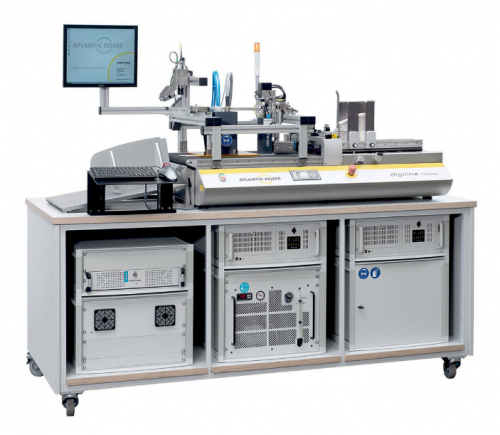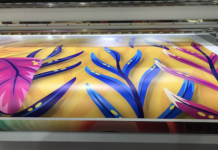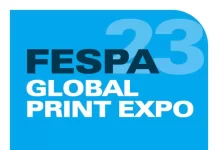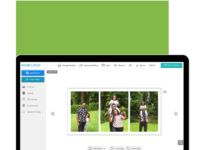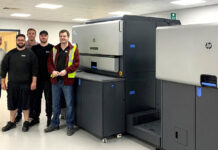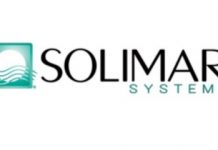Atlantic Zeiser has launched DIGILINE Compact, an entry-level personalisation and coding solution for short-run printing on carton boxes and cardboard blanks. The system will be introduced at Grafitalia in Milan, May 7-11, at the Atlantic Zeiser booth.
Atlantic Zeiser’s DIGILINE Compact system is aimed at packaging companies and carton manufacturers, as well as service providers in pharmaceuticals, cosmetics, FMCG (especially food and beverage), security printers, and small format commercial printers.
The DIGILINE Compact is an entry-level system that fills out Atlantic Zeiser’s portfolio of carton box and single-sheet printing solutions. It is a stand-alone system for late-stage short-run printing of serial numbers, codes and logos onto carton boxes, cardboard blanks and single sheets, such as sleeves and labels.
The new DIGILINE Compact system is a cost-efficient system for end-of-line printing, and a welcome addition to our growing family of printing solutions, said Viviane Schaaf, Product Manager Packaging. In addition, the system uses Atlantic Zeiser’s proven OMEGA drop-on-demand printing technology, which produces consistently high-quality personalised output.
The new system is flexible both in handling various carton and sheet sizes, as well as integrating with its associated coding equipment. It can process carton sizes from 45 mm to 430 mm in length, and from 64 mm to 368 mm wide. For coding, the DIGILINE Compact is compatible with the complete range of Atlantic Zeiser OMEGA models.
The effective print width of the system depends on which OMEGA printer is used. It prints at speeds up to 60m/min at 360 dpi. The DIGILINE Compact is easy to work with in any production environment and enables short set-up times and quick format changes – thanks to the flexible feeder and stacker.
Each DIGILINE Compact system is configured with two primary components: A drop-on-demand (DoD) print head based on desired width and a drying system compatible with the selected printer. An optional stand-alone camera for readability control complements the system. The camera ensures that each sheet or box receives the intended personalisation or encoding; if it detects a missed print the feeder is stopped immediately. In addition, a capacitive sensor is used for double-layer control – detecting extra sheets that might be missed.



